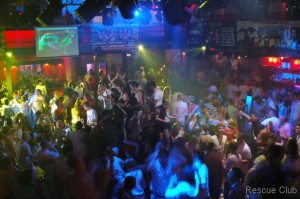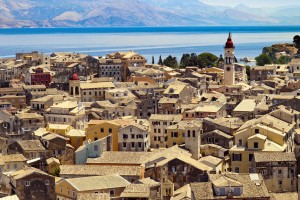Ionian Islands
| Visa requirements | None |
|---|---|
| Languages spoken | Greek |
| Currency used | Euro |
| Area (km2) | 2.307 |
| Country name | Greece |
| Visa requirements | None |
|---|---|
| Languages spoken | Greek |
| Currency used | Euro |
| Area (km2) | 2.307 |
| Country name | Greece |
From windsurfing and sailing to trekking
The larger Ionian Islands are champions in the area of watersports. Every year Lefkada draws more wind- and kitesurfers who find their nirvana at the beaches of Vasiliki, ranked by some as the best in the Med, and Myli. Sailors based in Nydri, set off for the nearby smaller islets of Meganisi, Kalamos and Kastos. North of Corfu, the Diapontia islands are very popular with sailors who then make the tour of Corfu before heading south to Paxoi, Antipaxoi, Kioni on Ithaca and Kefalonia’s Fiskardo. The whole of the Ionian is truly a boon to sailors.
And for those who love to walk or cycle, each island has well-marked trails through green mountains and varied scenery, including the fabulous, 220km long Corfu trail. Corfu also boasts an 18-hole golf course at Ermones, in the Ropa valley, which besides being challenging and fun, has also been described as one of the biggest courses in Europe.

Nightlife in the Ionian islands can be both wild and lounge. The most vibrant islands of the Ionian islands are Corfu island and Zakynthos island. These two islands have all-night clubs with loud music and they are ideal for extreme nights. The busiest night spots in Corfu are Corfu Town, Kavos, Dasia, Acharavi and Sidari, while the busiest resorts in Zakynthos are Laganas, Tsilivi, Alykanas and Alykes.
The other islands of the Ionian Sea do not have that busy nightlife. In Kefalonia island and Lefkada island, there are lounge bars that stay open till 2 or 3 o'clock in the morning, while a more alternative stay in all the islands is to try a long dinner in the many seaside taverns.

Lands of myths and colourful traditions
Mediaeval castles and monasteries, storied buildings and excellent museums – testaments to the rich history of the Ionian islands.
On Corfu, Homer’s kingdom of the Phaeacians, popular sights are the city’s Old and New Venetian Forts, the Achillion palace built by Sissy, empress of Austria, and Mon Repos. Outstanding museums include the Asian Art collection in the Palace of St Michael and St George, the Archaeology Museum, Municipal Gallery and others. Also famous are the island’s marching bands in full regalia, their unusual Easter customs and the processions in honour of patron Saint Spyridon.
The stalwart 14th-century castle of Santa Maura guards the entrance to Lefkada, while throughout town you’ll notice wonderful examples of 17th- and 18th-century Ionian baroque churches.
Kefalonia too has Venetian fortresses, but also Mycenaean tombs, Roman mosaics and baroque churches, while Argostoli’s Corgialenios Museum and Library are among the best in Greece. On Zante, the basilica and bell tower of Agios Dionysios remind one of Venice, and the monastery of Agios Georgios ton Gremnon above Shipwreck bay is beautifully preserved. Fans of Byzantine architecture will also want to venture to the Strofades islands 37 nautical miles off Zante to see the impressive 13th-century monastery-fortress there.

Unfortunately no tours were found.
